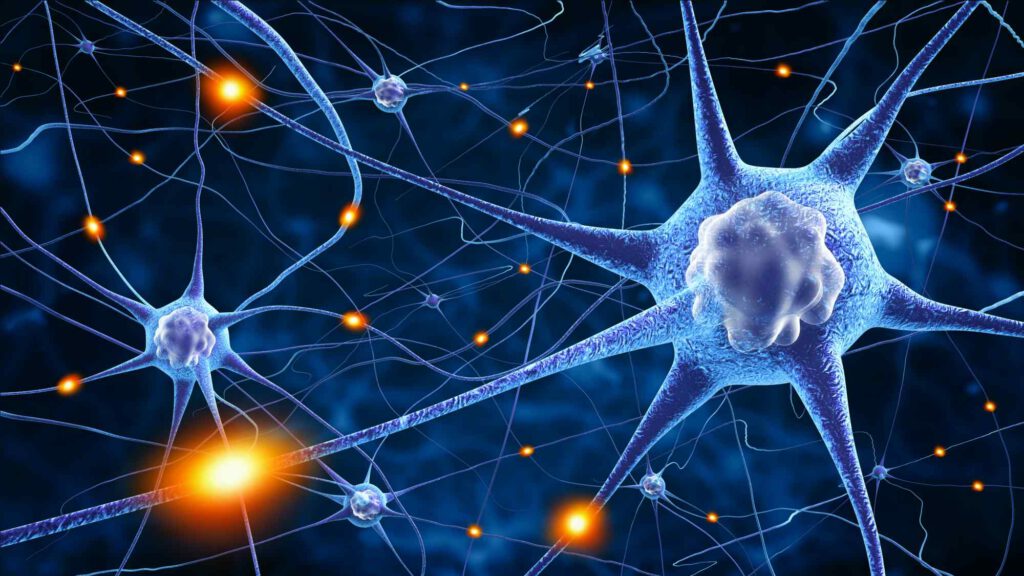- Burgstaller Straße 6, 83703 Gmund am Tegernsee, Germany
- Call Us +49 8022 7061030
Menu

GOLDIC® is the next generation of stem cell therapy with the help of specially designed gold particles using patients own blood. GOLDlC® stands for “GOLD INDUCED CYTOKINES”. Cytokines are proteins that regulate the growth and differentiation of cells. Cytokines are a group of peptides, which mainly initiate or regulate the growth, the proliferation and differentiation of target cells. Cytokines are steadily gaining importance in medicine and in cellular biology.
In this procedure a small quantity of the patient‘s blood is taken and then it is prepared through a process with the help of specially designed gold particles.
The shape, number, surface, concentration, and size of the gold particles play a decisive role here. Gold compounds have been used for quite a long time in the treatment of different inflammatory disorders, especially in rheumatology. The specialized gold particles, derived from the gold compound aurothiomalate, have been shown to inhibit the production of nitric oxide (NO) from chondrocytes. NO mediates the destructive effects of interleukin-1 (IL-1) and tumor necrosis factor-alpha (TNF-a), which include reduced collagen and proteoglycan production, apoptosis of chondrocytes and stimulation of matrix metalloproteinases. In vitro studies have shown that incubation with gold particles inhibits catabolic factors, increases anti-catabolic and anabolic factors, and increases the level of Gelsolin (GSN), which is a key protein in cellular metabolism.
The regenerative factors (cytokines and various growth factors) from the patient‘s own body are filtered and concentrated. This optimized serum produced naturally in the body is then injected in the painful areas without other additives. The objective is to stimulate the body‘s own power in such a way that damaged or injured tissue can be regenerated. This is done with the help of stem cells from the body itself, which are activated and differentiated.
The key protein in case of GOLDlC – procedure is Gelsolin (GSN). The available data strongly support a crucial role for GSN in a variety of physiological and pathological processes including GSN involved as an actin-binding and depolymerizing protein, which exerts its effects in the form of intracellular cytoskeletal GSN and plasma GSN (pGSN). Of note, GSN is known to be a cytoplasmic regulator of actin organization, which regulates the viscoelasticity of the cell cytoskeleton and modulates important cell functions such as cell motility, phagocytosis, and apoptosis. Most of the research, however, has focused on the extracellular actin-scavenger system (EASS) and on the role of pGSN in it, being responsible for rapid and continuous severing and removal of actin filaments released from dead cells into the bloodstream. The release of actin into the blood due to injury or illness-associated necrosis results in several pathophysiologic responses including increase of blood viscosity, activation of platelets and their aggregation, microvascular thrombosis, release of pro-inflammatory mediators such as thromboxane’s, impairment of fibrinolysis, all of which result in a secondary tissue damage due to the high toxicity of actin.
Other studies have shown decreased pGSN concentrations in animals with sepsis, and treatment with GSN had a positive effect on the survival rate in these animals. It has also been shown that pGSN serves as a buffer to intercept inflammatory reactions in rheumatoid arthritis; in addition, pGSN concentration has been shown to be decreased in various tissue degenerative diseases where GSN levels were reduced even more in the affected joints than in plasma.
In addition to its actin-sequestering properties, pGSN has also been reported to modulate the immune response by preferentially binding to bacterial cell walls, a process facilitated by the structural similarity between the intracellular GSN-binding molecules and bacterial endotoxins. Moreover, pGSN has been shown to have a protective role in endotoxemia in mice. These findings suggest the fundamental role of pGSN in the development and modulation of inflammatory responses and, consistent with these proposed functions, decreased blood GSN concentrations have been detected in serious clinical conditions such as acute respiratory distress syndrome, sepsis, major trauma, prolonged hyperoxia, malaria and liver injury.
Furthermore, important stem cell specific factors like G-CSF (granulocyte-colony stimulating factor) and SCGF-ß (hematopoietic – stem cell growth factor – beta) are produced to a significantly high degree using the GOLDlC – procedure. Through the contact of the patient‘s blood with the gold particles, the white blood cells (leukocytes) and mainly the monocytes are activated. Amongst the white blood cells the monocytes are in the best position to neutralize and phagocytize, it literally means to “devour”, bacteria and tissue debris. These two proteins can activate the stem cells in the bone marrow and will be released to the systemic circulation system (Schneider, et al. 2017).
GOLDlC can be seen as a novel approach using activated serum that stimulate medicinal signaling cells on sites of injury or disease. The secretion of bioactive factors can act in an immuno-modulatory and regenerative way.
Like all medical procedures, GOLDIC® procedures have a success and failure rate. Informations, reports and testimonials on this site should not be interpreted as a statement on the effectiveness of our treatments for anyone else. Providers listed on the iRegMed website are for informational purposes only and are not a recommendation from iRegMed for a specific provider or a guarantee of the outcome of any treatment you may receive.
The content of the iRegMed pages is intended for a healthcare professional audience only.
By using this site or downloading materials from this site, you agree to abide by the terms and conditions set forth in our Privacy Policy and Legal Notice.